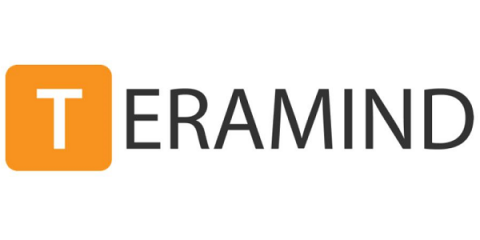Teams | Collaboration | Customer Service | Project Management
August 2021
Which hybrid and remote work model is best for your business?
This article originally appeared on Inc. As a leader, hybrid and remote work are likely top of mind. But when leaders talk about hybrid and remote work, they often mince terms. There are many hybrid and remote work models—it’s important to get clear on what you’re actually talking about. Here are five of the most common hybrid and remote work models that leaders are contemplating.
Applicable Strategies for Effective Team Management
Others may choose to see the manager or team leader job as a position of power, but it is a responsibility that requires you to manage your team while meeting the company's and team's expectations. Managing a team requires multi-tasking, where you have to deal with a different set of psychologies and motivate them to work together toward a common goal.
Struggling To Lead Hybrid Teams? Three Priorities To Ensure Employee Equity And Excellence
7 Collaborative Processes A Leader Must Follow
Collaborative processes are essential to create an organization that is on the same page and in sync with one another. A collaborative process and culture in the workplace is defined as the existence of open and free-flowing interchange of information, data, skills, and sometimes even customers and clients when necessary. It is the opposite of a “hoarding” culture, where employees feel that every man or woman is out for themselves.







